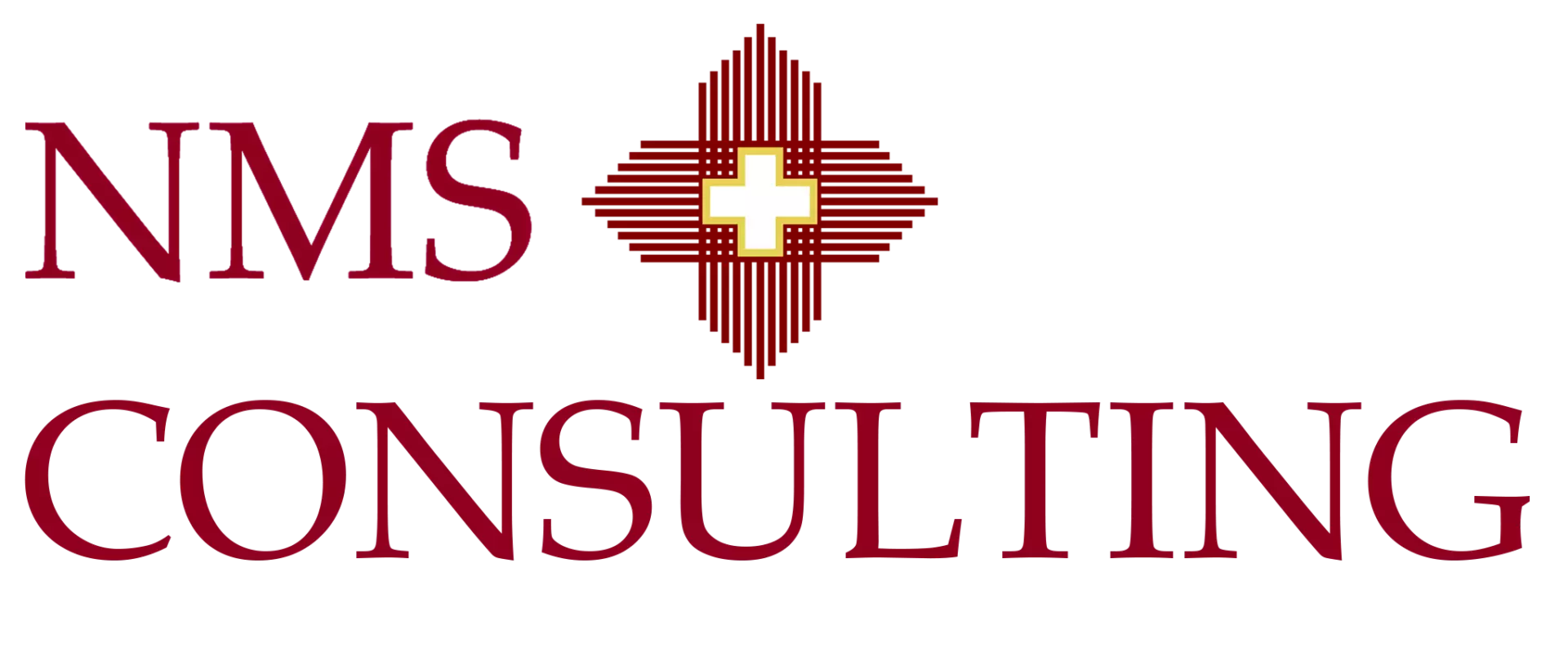Change Management Services for Difficult Transformations: From Slideware to New Behavior

Strategy documents are often clear while daily behavior remains unchanged. This gap is where many transformations fail. This article looks at change management services from a senior leader’s point of view and explains how structured support can help turn plans into new habits without losing operational performance.
Key messages for executives
- Change management services are not a set of events or emails. They are an operating discipline that runs in parallel with the technical work of a program.
- Strong change programs focus on a few target behaviors and build practical support around managers, who are the real channel for most communication.
- Successful clients treat every major change as a chance to build internal capability, so future transformations move faster and with less disruption.
Why change management services matter
Over the last decade, organizations have increased investment in transformation, technology and restructuring. Yet research from firms such as
Prosci
and
Harvard Business Review
continues to show that a large share of change efforts fall short of their goals. The reason is rarely a lack of technical knowledge. Instead, it is limited attention to how people experience and adopt the change.
Change management services address this challenge directly. Consultants work alongside program teams to anticipate reactions, align leaders, equip managers and remove obstacles that slow adoption. The goal is not to make change easy. It is to make it manageable, predictable and tied to measurable results.
NMS Consulting has highlighted this topic in several articles, including
utilizing change management for business success
and
strategies for managing organizational change.
This piece focuses on how formal change management services support executives who are accountable for delivering complex programs.
Planning a transformation and want to stress test whether your change approach is strong enough to support it?
Signals that your organization needs structured change support
Most leaders sense when a program is in danger, but the warning signs can appear gradually. The checklist below can help you decide whether specialized change management services are warranted.
- Major initiatives are launched, yet after a year frontline teams are still using older processes or tools.
- Project updates focus on milestones and technical progress, with little discussion of adoption or behavior shifts.
- Managers report change fatigue, competing priorities and confusion about what to tell their teams.
- Business cases for past projects cite aggressive benefits, but post go live reviews show limited delivered value.
- Different regions or departments implement the same program in different ways, making it hard to track results.
If several of these statements feel familiar, it is likely that your organization is relying on informal communication and heroic effort rather than a repeatable change approach. Change management services provide the structure that is missing.
What is included in change management services
Change management services can be assembled in different ways depending on the size and risk of the program. Most offerings fall into the categories described below.
Change strategy and stakeholder mapping
Consultants work with sponsors to define what success looks like from a people perspective, which groups are most affected and what support they will need. This includes stakeholder mapping, readiness assessments and a high level story for why the change matters now. For more detail, see the NMS guide
change management consulting services.
Leadership alignment and sponsor coaching
Employees watch what leaders do more than what they say. Change management services therefore include work with the sponsor group to align messages, agree on visible actions and practice difficult conversations. This may involve short briefing sessions, talking points and coaching for town halls or key meetings.
Communication and engagement planning
Good communication is not the same as frequent communication. Consultants help design messages that are relevant to each audience, choose channels wisely and schedule communications so that employees hear what is changing, why, when and what is expected of them. Engagement activities might include pilots, feedback loops and co-design workshops.
Training, enablement and support
When change involves new systems or processes, employees need more than a one time training session. Change management services cover curriculum design, train-the-trainer sessions, job aids and performance support tools. For technology heavy projects, this work connects closely with transformation material such as
how management consultants implement technology and digital transformation.
Reinforcement, metrics and continuous improvement
After go live, momentum can fade. Consultants help set up reinforcement mechanisms such as recognition, updated performance objectives and ongoing coaching. They also design dashboards that track adoption and behavior so that leaders can intervene early if usage begins to lag.
A practical ninety day change management blueprint
Many executives ask how to apply change management services within the time and budget limits of a major program. The outline below shows how a focused ninety day effort can anchor the people side of change without overwhelming the organization.
| Time frame | Primary goals | Key activities |
|---|---|---|
| Days 1 to 30 | Clarify the story and align leaders | Stakeholder mapping, readiness scan, sponsor workshop, initial communication plan |
| Days 31 to 60 | Equip managers and prepare employees | Manager toolkits, training design, pilot communications, feedback loops, risk log |
| Days 61 to 90 | Support launch and lock in new behavior | Go live support center, reinforcement messages, metrics dashboard, lessons learned review |
This blueprint can be scaled up or down depending on program size. For a global ERP rollout it may represent the starting point for a multi year journey. For a smaller policy change it may be enough to secure adoption within a few months. In both cases, the pattern of define, equip and reinforce remains the same.
Would a structured change blueprint help your next transformation deliver results without losing momentum or engagement?
Frequently asked questions
What are change management services?
Change management services provide structured support to help people adopt new strategies, processes, systems and structures. They combine stakeholder analysis, communication, training, coaching and reinforcement plans so that change is sustained in daily work instead of fading after launch.
When should we bring in change management consultants?
Change management consultants are most useful when a program affects many teams, changes how people work or carries significant risk if adoption fails. Examples include ERP or CRM implementations, restructurings, mergers and acquisitions, operating model redesign and major policy shifts.
How do you measure the success of change management services?
Success is measured by business outcomes and behavior indicators. Typical metrics include adoption rates for new systems, process compliance, employee engagement, speed to proficiency and achievement of financial targets such as cost savings or revenue growth. Change metrics are agreed at the start of the engagement and reviewed regularly.



